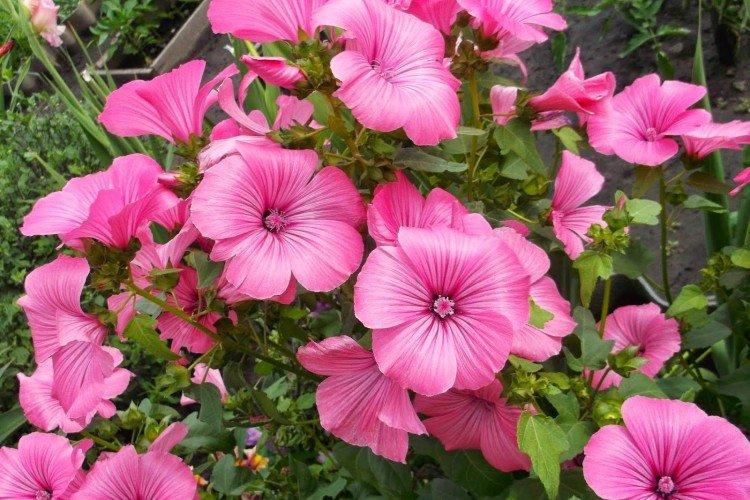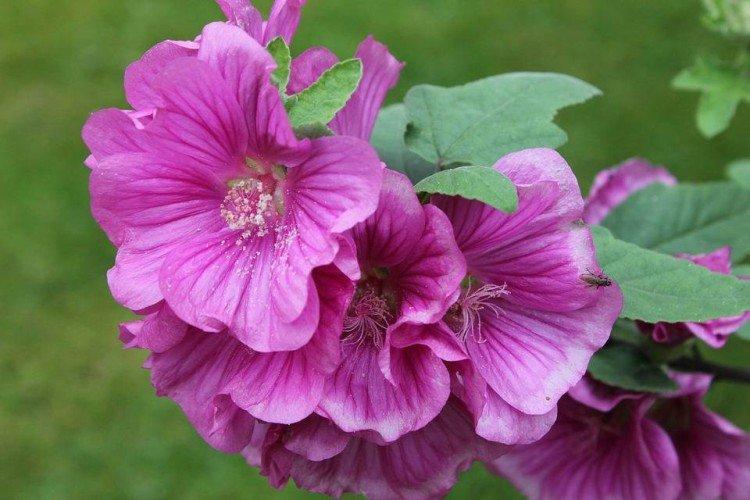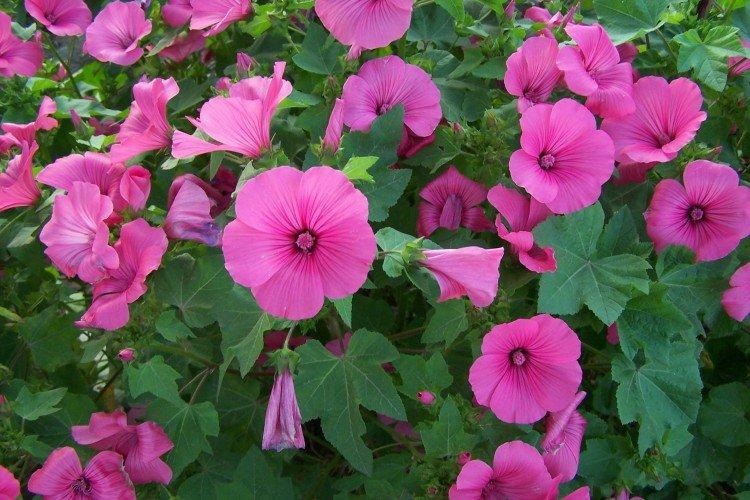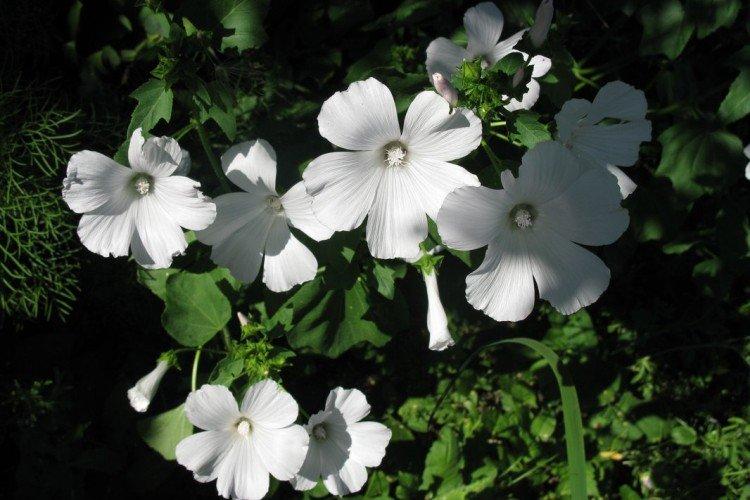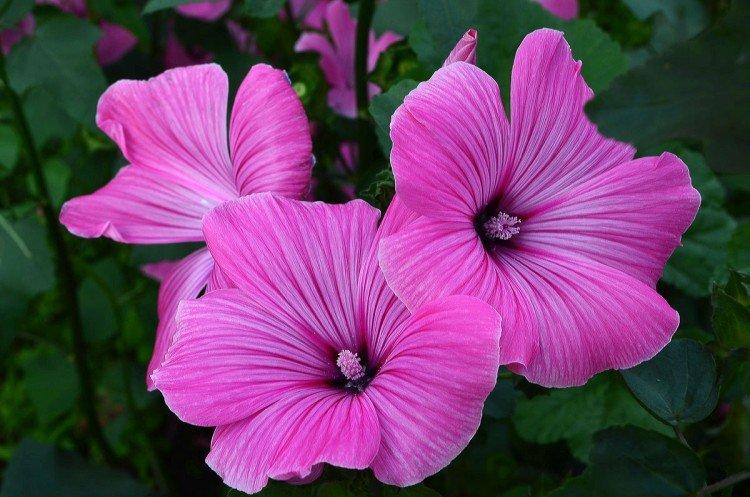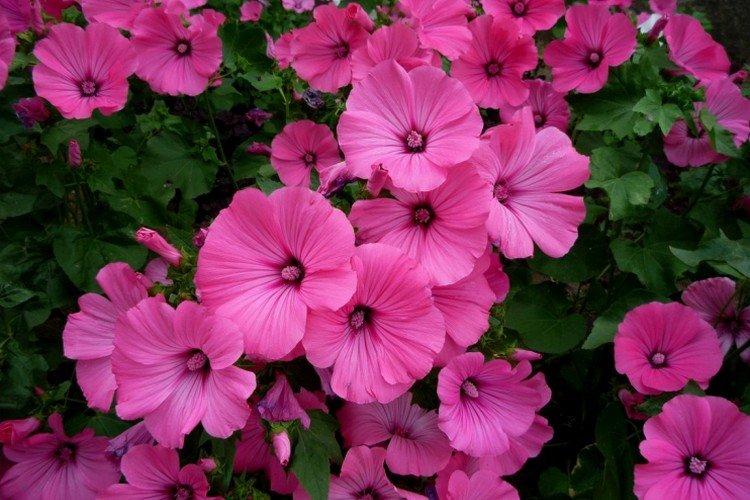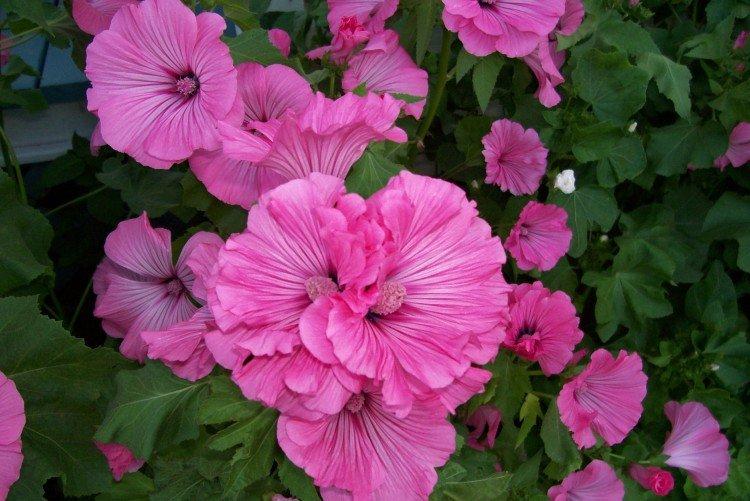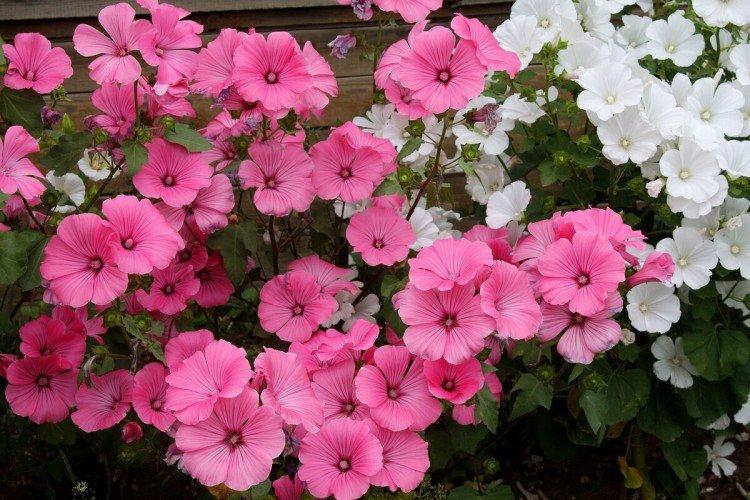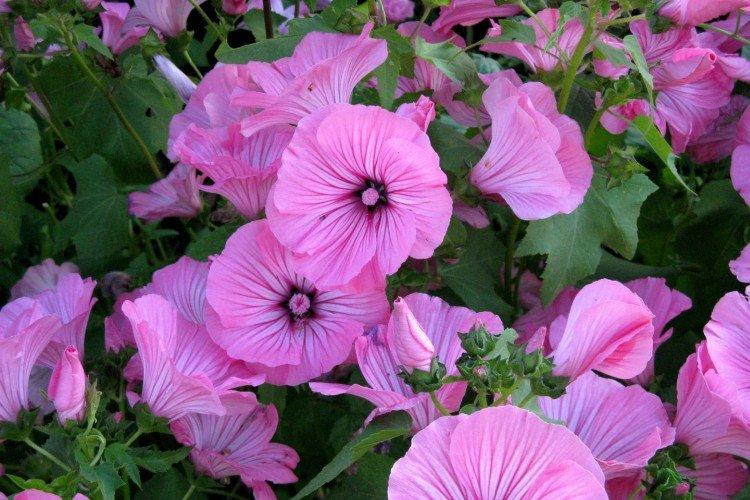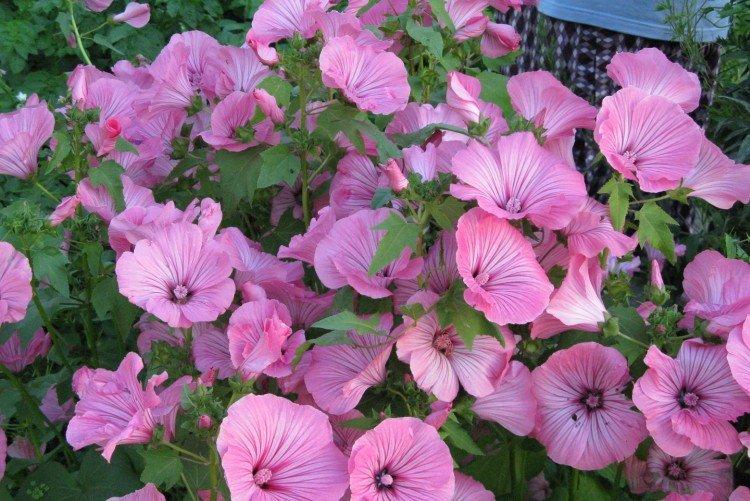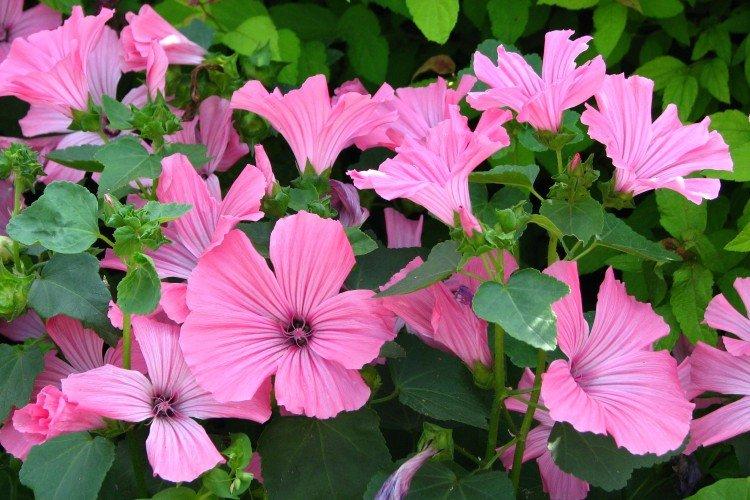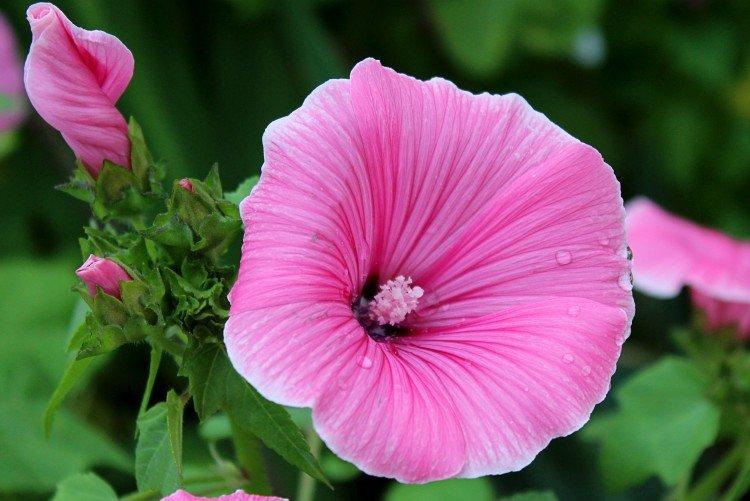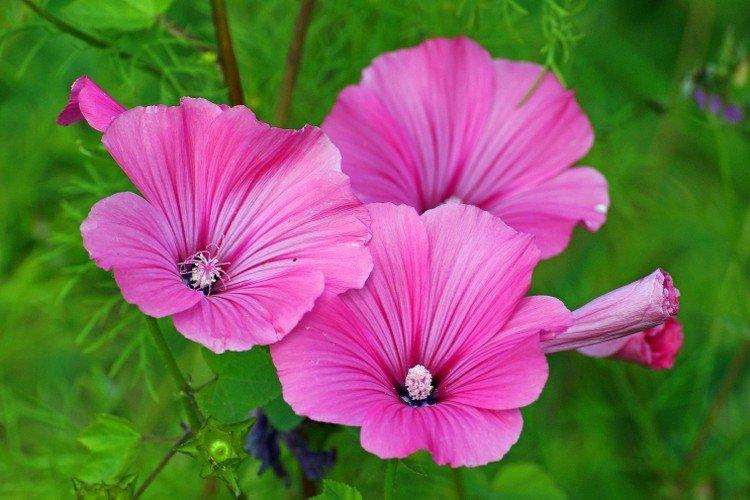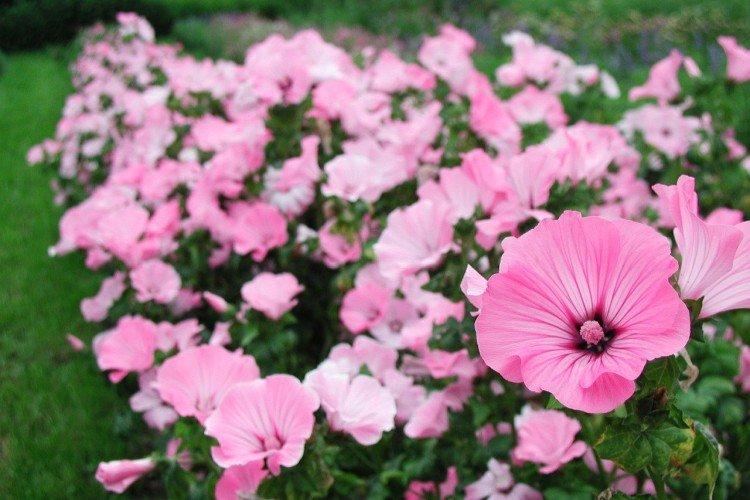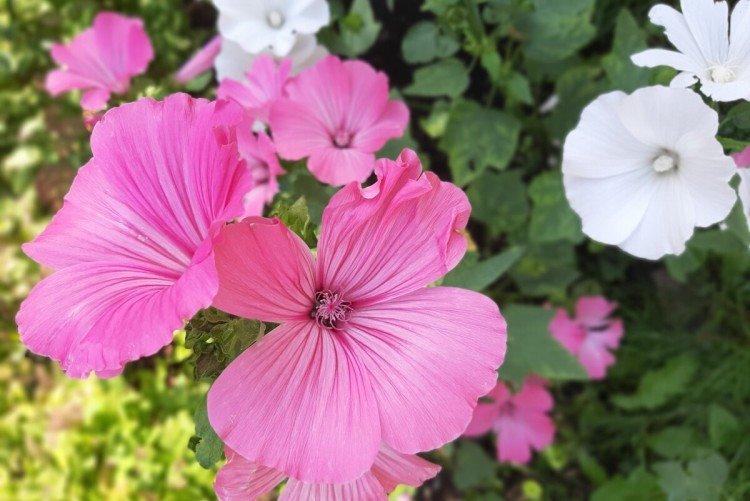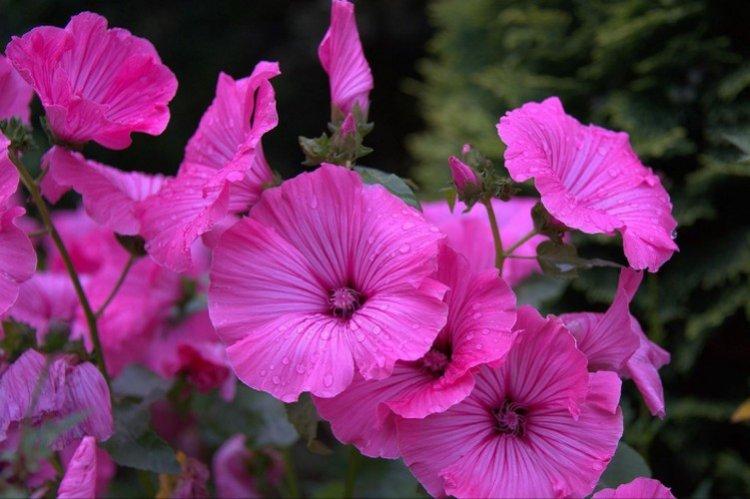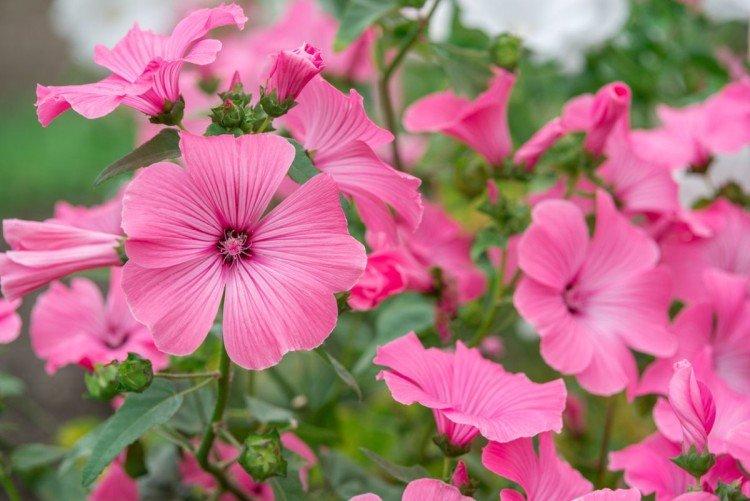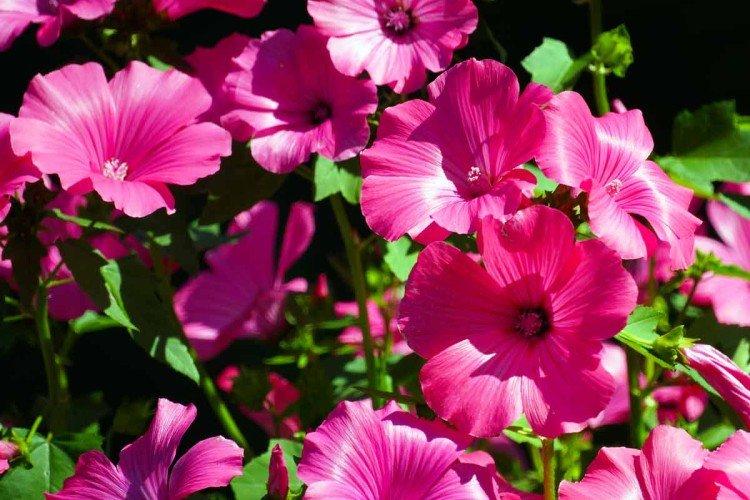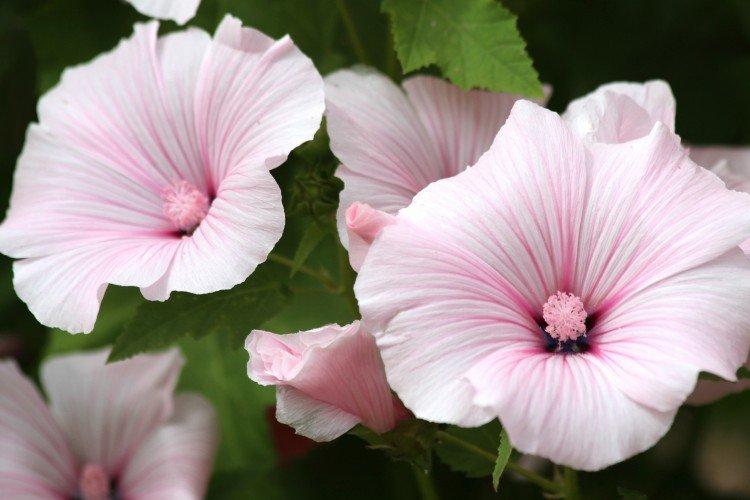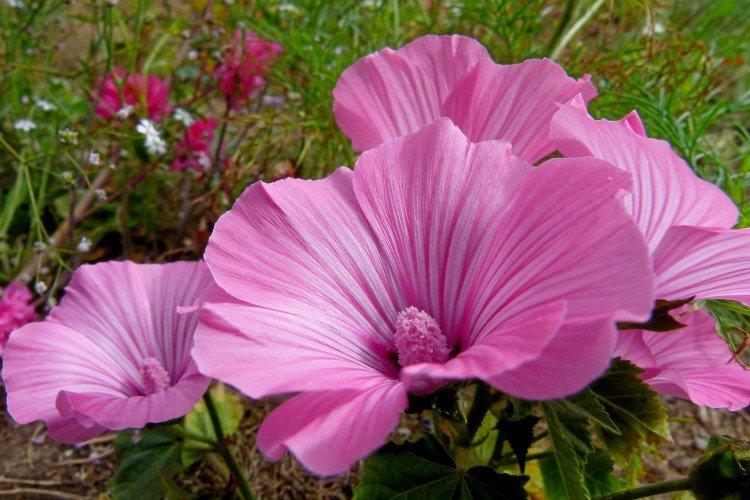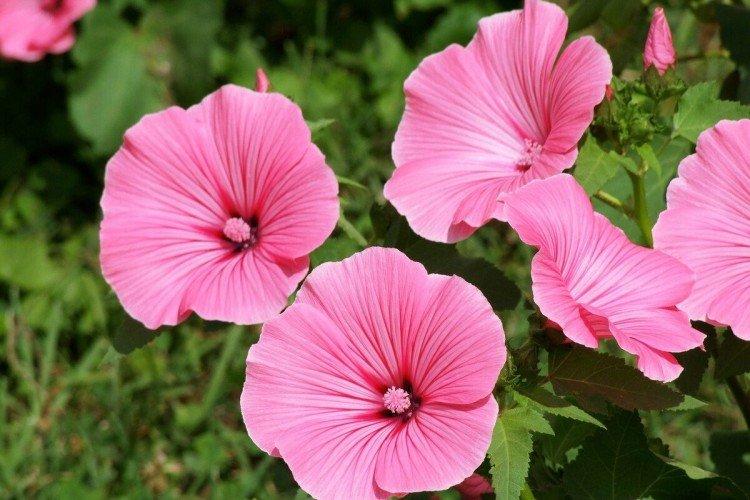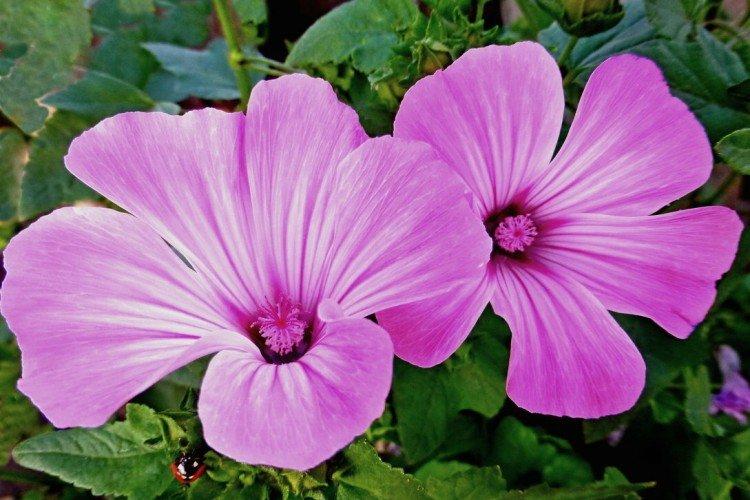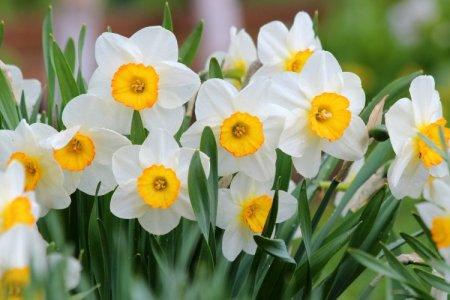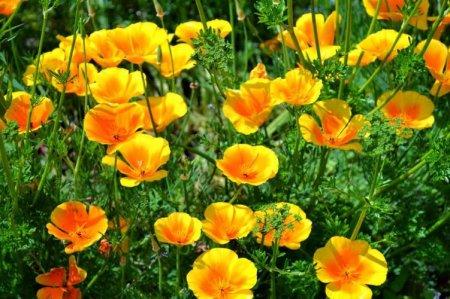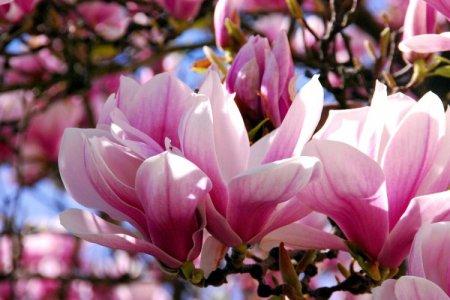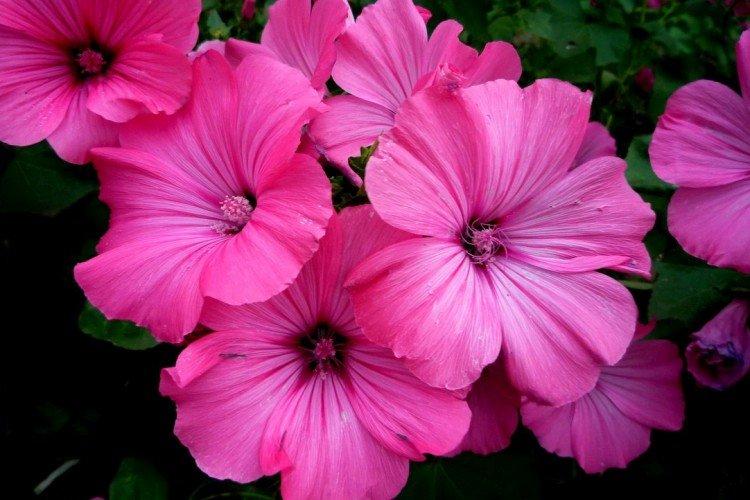
It is not in vain that the wildly blooming lavatera belongs to malvaceous plants. Its bright buds instantly divert all attention to themselves. For its amazing beauty, the lavater is also called the "wild rose". Besides, you may know her as "hatyma". And today we will tell you more about it!
general information
Spectacular and bright lavater in nature is common in East Asia and the warm Mediterranean. It is found even in Australia, and has been cultivated for over 400 years. True, it has become so popular only in the last couple of decades.
Depending on the variety, the lavater can be very miniature or grows up to 1.5 m. The bushes have a powerful root system, which allows them to quickly form a dense and lush crown. Even just the branches of the lavater look very impressive.
Flowers are large, solitary or collected in small groups. They can grow up to 10 cm in diameter and are most commonly found in pink. Yellow and white lavaters are also common. Flowering lasts from early summer to mid-autumn, depending on the region. And the opened buds are good even in cutting for at least another week.
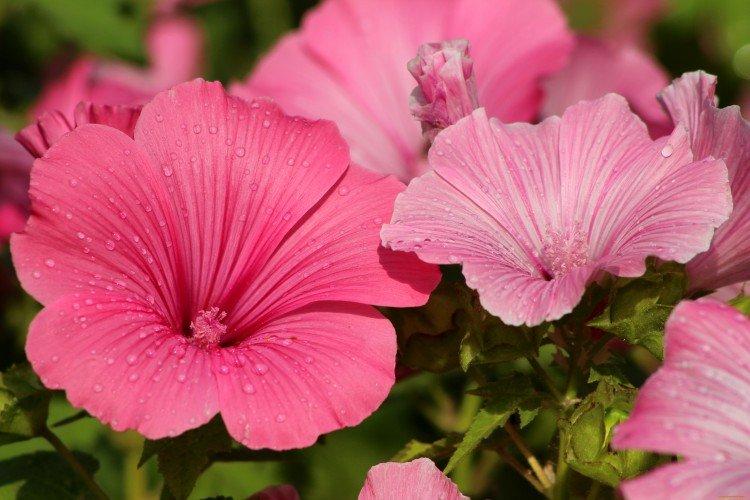
Types of lavater
There are only a few dozen species of Lavater, and even fewer are grown in our gardens. But on the other hand, breeders have brought out a lot of varieties of various colors!
Three-month Lavater
It is a vigorous annual with beautiful toothed or lobed leaves and large single flowers. The closer to the top of the bush, the shorter the peduncles. These are mainly white and raspberry varieties.
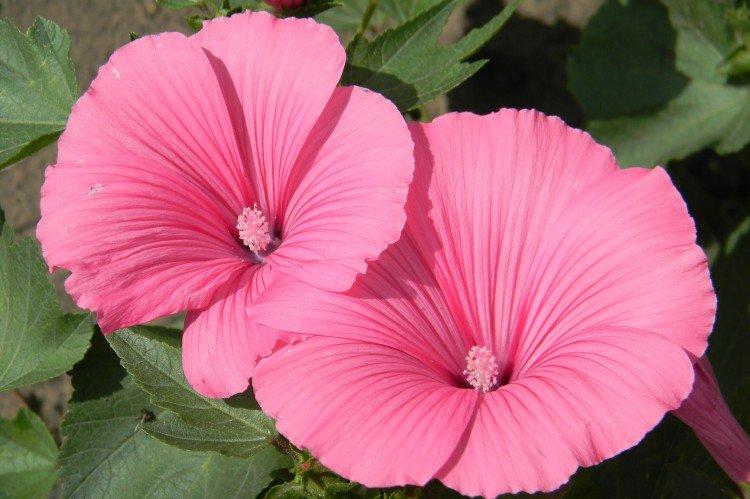
Cretan Lavater
Despite its southern origin, this species also lives quite well in mid-latitudes. Stems and beautiful toothed leaves are densely pubescent. The flowers are relatively small, about 4 cm in diameter, but they are collected in inflorescences.
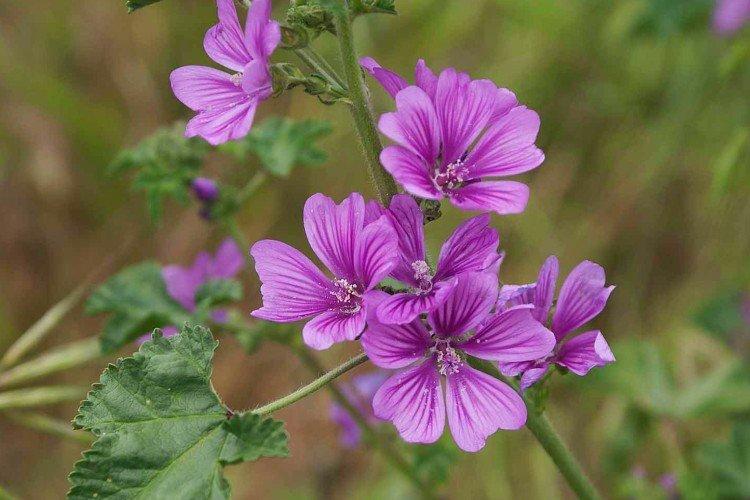
Tree lavater
As it grows, its tall, straight stems look more and more like a tree trunk. Leaves sometimes grow to an impressive size of 20 cm, and the purple or red flowers resemble hibiscus.
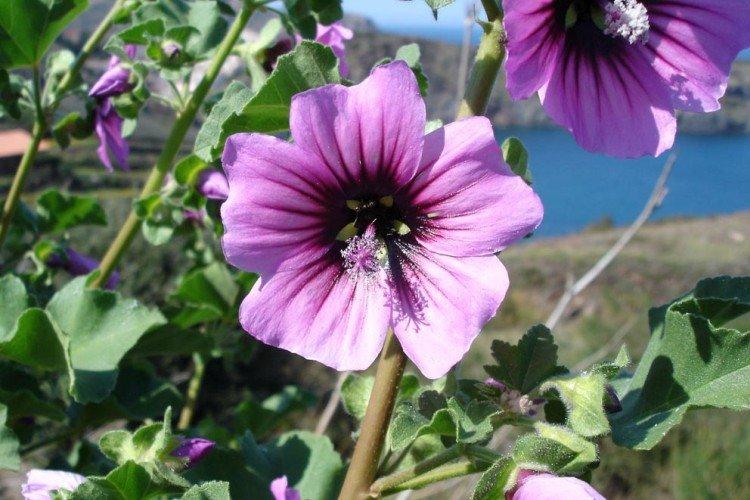
Thuringian Lavater
A strong, branched bush grows up to a record 2 m. It is densely covered with grayish pubescent leaves and large pink flowers on long peduncles. There are very delicate lilac and purple varieties.
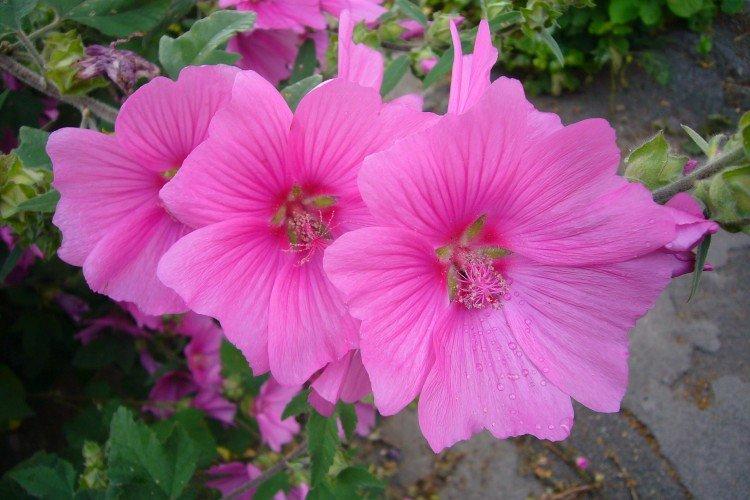
Primorskaya Lavatera
A heat-loving species for southern regions with not too frosty winters. Decorative petals, painted in two shades of lilac or purple at once, look very impressive.
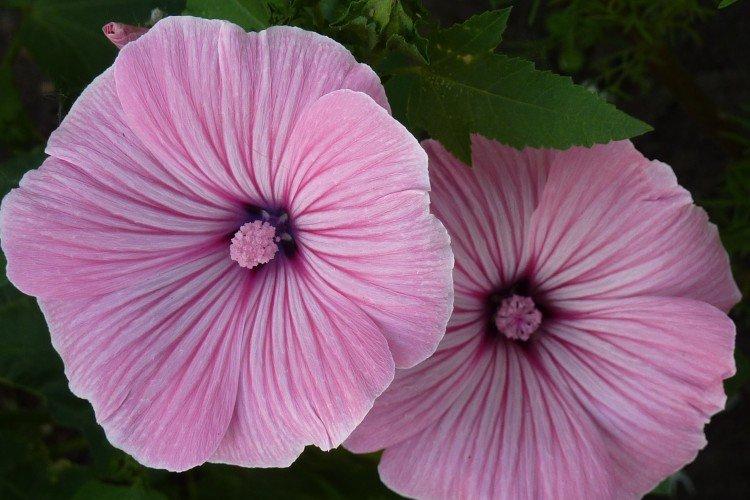
Lavater care
Lavatera bushes are surprisingly unpretentious and are considered a plant for lazy gardeners. They feel great in most regions of Russia, from South to North.
Temperature
Lavatera loves coolness, but within moderate limits. It can bloom at +15 degrees, so it is one of the best plants for temperate regions.
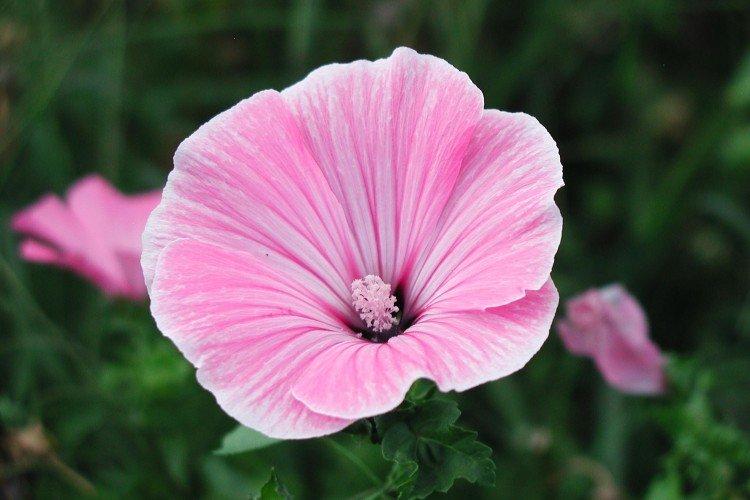
Lighting
Lavatera prefers sunny areas because it will bloom brighter and more abundantly there. But even a light shade from the crowns of trees and shrubs will not seriously harm her.
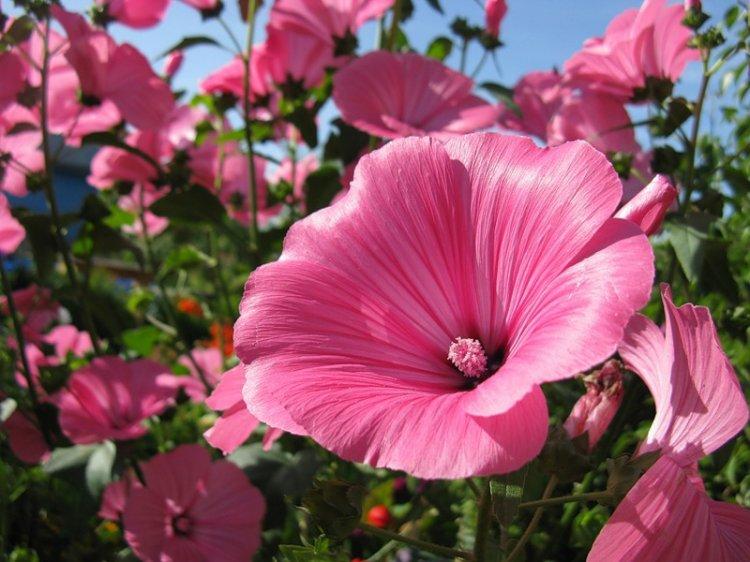
Watering
Lavatera is a drought-tolerant plant, but it still prefers regular, stable watering. A lush crown and an equally lush bloom requires ample resources. On average, one adult bush takes about 25 liters of water once a week.
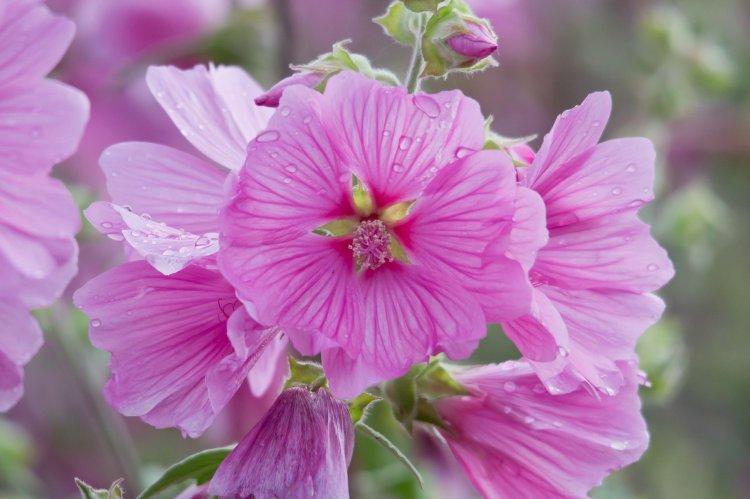
The soil
Lavatera grows well in almost any soil, as long as it is loose enough. It is also better to avoid the proximity of groundwater and excessive saturation of the soil with organic matter.
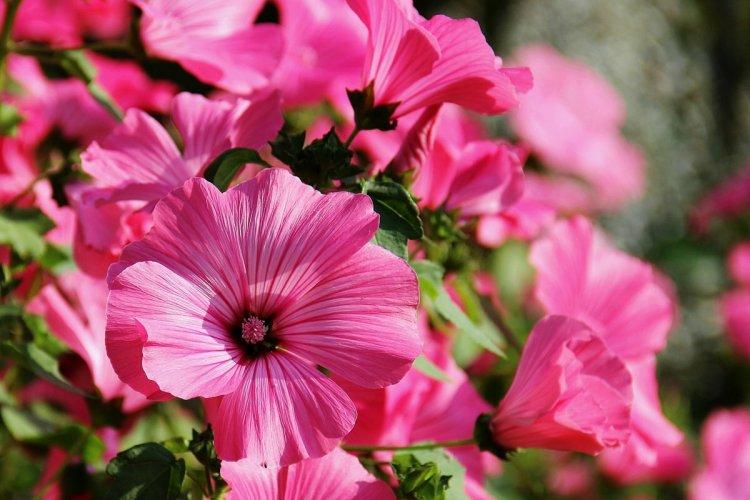
Fertilizers and feeding
Like all intensely flowering plants, Lavatera is sensitive to feeding. But here it is important to observe the seasonality. During the growth of deciduous mass, nitrogen is needed, but during the formation of buds - potassium and sodium.
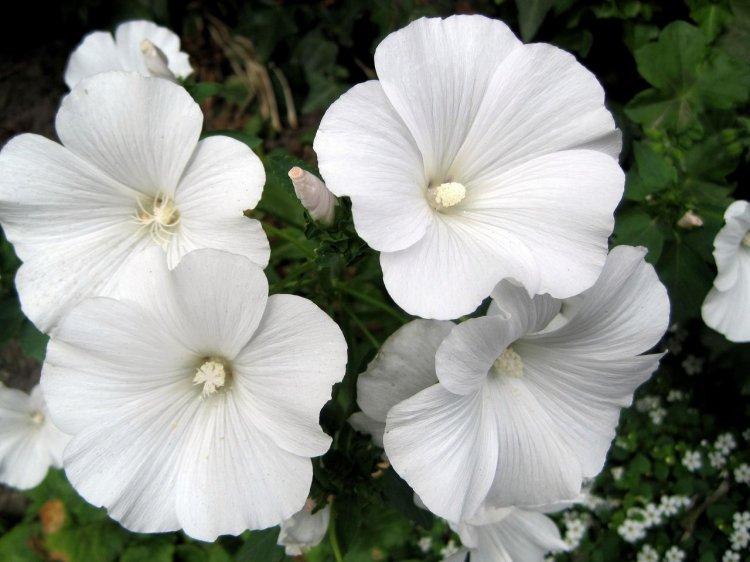
Wintering
Annual varieties can simply be cut off after flowering, and the ground can be dug up.But remember that Lavatera reproduces easily by self-seeding, so don't be surprised if you see her again next year. Perennials can be left to winter in the ground. But then bend the shoots to the ground and cover them with leaves or other covering material.
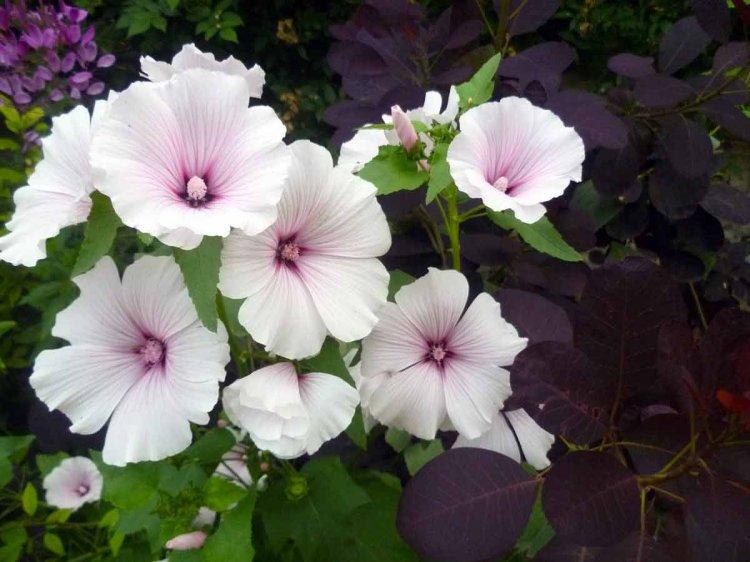
Planting and breeding
Lavater can be planted with seeds directly into the ground closer to the beginning of May. To do this, fertilize the soil, make grooves, spill them with warm water and only then plant the seeds. Lightly sprinkle them with peat on top, cover with foil, and you will see the first seedlings in about a week. And when they grow up to 4-5 cm, you can remove the greenhouse and thin out. The optimum distance between plants is about 20 cm.
But if you want to achieve early flowering, plant seedlings of the lavender back in March. Dip the seeds slightly into the soil and leave them warm and in the sun under glass or plastic. Rotate the containers from side to side to the sun periodically. Somewhere in May, when the frost will definitely end, you can transplant the lavater into the ground.
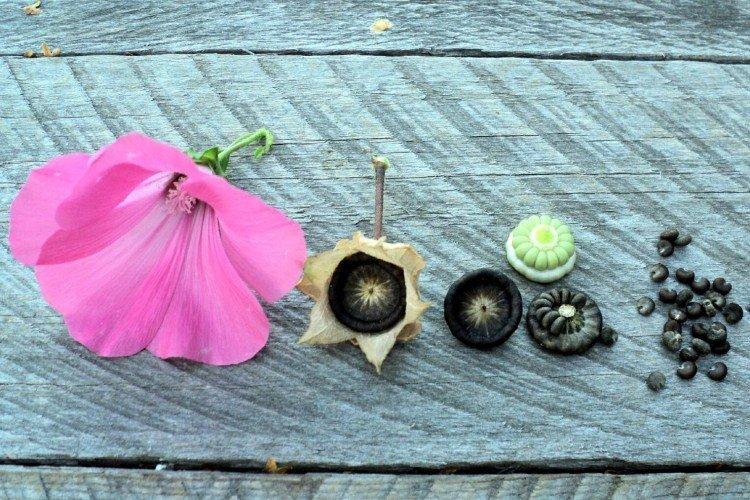
Pest and disease control
Lavatera practically does not get sick, but sometimes rust affects the leaves. It can be easily identified by rusty or orange formations on the back. The affected parts must be removed, burned, and the plant must be treated with fungicides containing copper.
Pests also do not often choose a lavender. True, she can be invaded by aphids. But there is two good news: folk and chemical remedies can easily cope with aphids, and in addition, the problem can be prevented by treating with a decoction of aromatic herbs, onions or peppers.
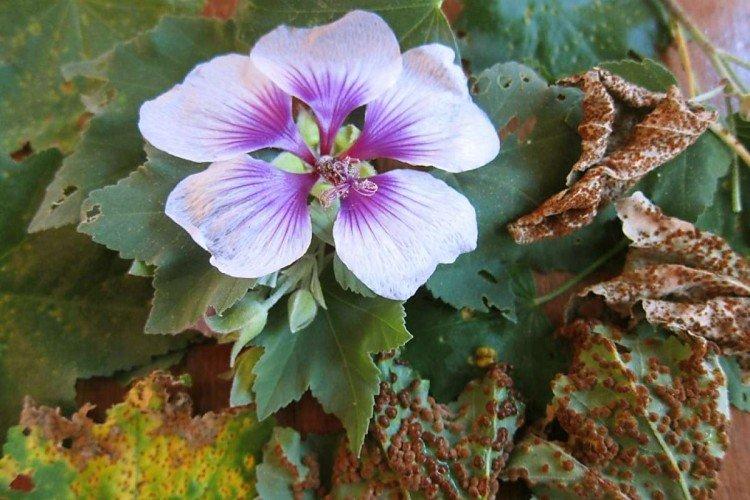
Lavatera - photo
Lush lavatera decorates any garden and site with dignity. This is a great option if you want to bring beauty, but you do not have too much time. Look how beautiful it is!
